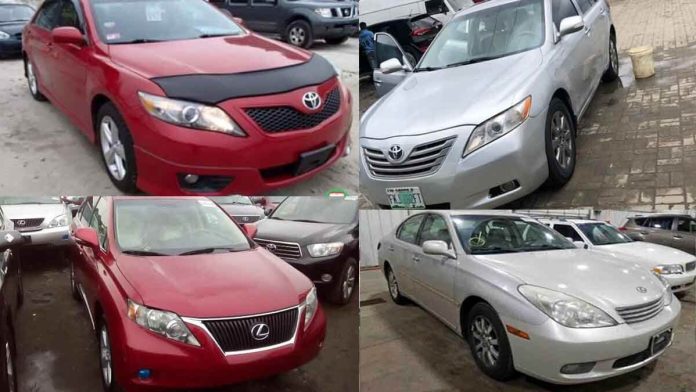It has been nearly three years since auto plants around the world started to shut down because of the pandemic.
Yet, between the pandemic, an acute shortage of semiconductors and other supply chain snarls, vehicle production has never really returned to normal.
And prices? Prices of both new and used cars have stopped skyrocketing. In fact, both dipped slightly in February. But the average new-vehicle transaction price is still $48,763, according to Kelley Blue Book. Before the pandemic, the average new vehicle sold for $37,876.
The used-car market doesn’t provide much relief either, as retail used-vehicle prices now average $26,510. And after falling last year, closely watched wholesale prices, a key indicator of where markets are headed, are actually rising again.
Why are prices remaining stubbornly high? Here are a few reasons.
Supply chain woes are still reverberating
The semiconductor shortage has gotten much better since 2021, but it hasn’t gone away entirely, and other supply chain snarls continue to periodically disrupt output.
Because of these supply chain problems, the global automotive industry has produced millions fewer vehicles than it would have otherwise.
The supply of new vehicles is starting to improve, but those millions of “missing” vehicles are still gone. Lower supply, higher prices: It’s basic economics.
Which cars are being made? Not the cheap ones
When automakers can’t make as many vehicles as they would like, they prioritize their most profitable cars. Cheap ones get the boot.
Consider what happened at Nissan, which continued to struggle with supply chain challenges throughout 2022. In response, it cut production of one of its cheapest cars, the Nissan Versa, by 78%. Nissan also reduced sales of two other cheap models, the Sentra and the Kicks.
Bigger, slightly more expensive vehicles, like the Altima and the Pathfinder? Nissan boosted production of those. It wasn’t because of a lack of buyers on the cheap end, says Judy Wheeler, Nissan U.S.’s vice president for sales and regional operations.
“In the last month, we have seen search increase for the Nissan Versa, Sentra and Kicks, indicating a growing interest in this segment among consumers,” she said; noting that Nissan intends to build more of those entry-level vehicles when the supply chain permits.
It’s not just Nissan. Across the board, automakers have been focusing on bigger, more luxurious, more expensive vehicles. And the ones they make also tend to be packed with extra features that bump up prices even more.
Fewer cars — and higher prices — are very profitable
The shift in the market has been remarkable, and automakers are in no hurry to reverse course. Cox Automotive crunched the numbers and found that from December 2017 to December 2022, sales of new cars under $25,000 — affordable, by new-car standards — dropped 78% and went from almost 13% of total new-vehicle sales to just under 4%.
Sales of new cars over $60,000, meanwhile, skyrocketed. Those vehicles, costing more than the annual income of the average American, went from 8% of the auto market to 25% of sales.
Because those $60,000 vehicles are significantly more profitable than the $25,000 ones, this shift is very, very lucrative for car companies. And they’re especially focused on fat margins, instead of big volumes, because they’re investing heavily in new electric vehicles (EVs).
“The pricing environment that we’re in right now has been very good, very robust,” General Motors Chief Financial Officer Paul Jacobson told investors on an earnings call last year. “And … running the business for cash flow is critical to help fund our journey in the EV transformation.”
How long can prices stay this high?
Three years ago, when production lines started to slow, it affected both the new- and used-car markets immediately. Fewer new cars sent new prices up. That, in turn, pushed many shoppers into the used-car market. And more shoppers in the used market pushed prices up there, too.
But the new-car woes also had a delayed effect on the used-car market — because new cars, obviously, become used cars after some time.
So all those top-of-the line cars that were made in 2021 are now some very nice two-year-old cars, which means even in the used market, the high end of the market is booming.
Meanwhile, because automakers cut production of cheap, no-frill sedans, people looking for cheaper late-model used cars are now out of luck.
“We are firmly in the teeth of an extremely tight used-vehicle market, and that is directly a function of what has happened over the past three years,” says Jonathan Smoke, chief economist at Cox Automotive.
Lonnie Smith, president of the nonprofit On the Road Lending, works to help working families get affordable loans for decent used cars, preferably those still under warranty.
“Typically we’re looking for vehicles that are two to four years old, less than 60,000 miles — a modest type of vehicle,” he says.
This was first published by NPR


